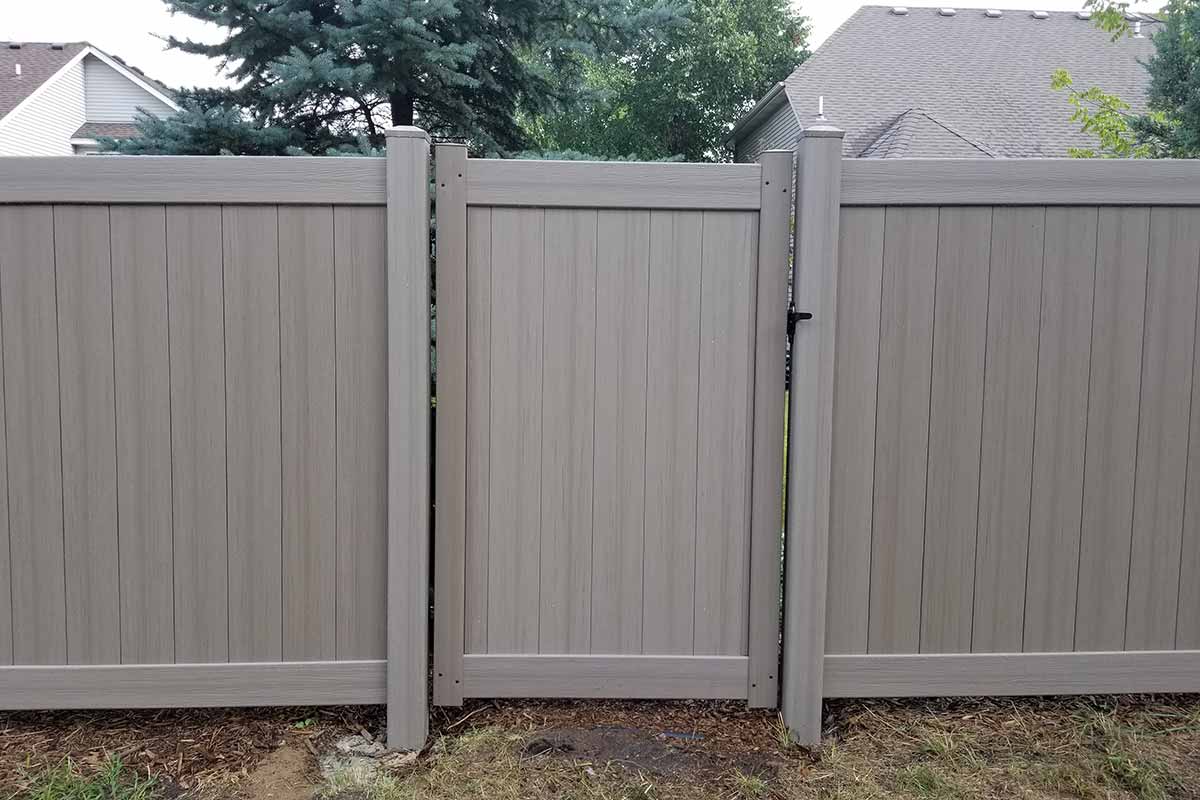Venice bridge is built with ancient masonry and 3d printing
A little seaside park in Venice, Italy, was a short while ago upgraded to contain an modern new concrete pedestrian bridge from the investigate arm of the world-wide up to date design and style organization Zaha Hadid Architects. Like numerous of the firm’s signature projects, it has swooping strains, easy curves, and the vaguely futuristic condition of a little something that would seem developed both by or for space robots.
What’s vital about the concrete bridge is what it doesn’t have. Utilizing a developing technique inspired by historic masonry, the bridge needs neither metal reinforcements, binding mortar, nor the significant amount of carbon-intensive concrete that a conventionally designed composition would call for.
The bridge is able to stand, and without a doubt to carry the weight and forces of typical use, by way of a extremely in-depth and laptop or computer-pushed design and style that utilized 3D printing to specifically generate 53 hollow chunks of concrete that stack alongside one another into a composition as solid as stone.

The bridge was intended by Shajay Bhooshan, co-founder of Zaha Hadid Architects Computation and Design Team ZHACODE and Philippe Block, a professor in the Institute of Technological know-how in Architecture at ETH Zurich, in collaboration with 3D printing enterprise incremental3D and the world-wide building materials enterprise Holcim. Like ancient stone bridges and cathedrals, the structure was made in an aged design but with new material precision. Put in as part of the recent Venice Architecture Biennale, the bridge is an endeavor to confirm that ancient and modern-day strategies can be blended to build improved buildings.

“Many masonry structures are standing immediately after generations due to the fact of their capacity to transfer and to settle. They’re continue to there, they’re quite sturdy but not in a way that contemporary engineering permits,” claims Block. Arched stone bridges from Roman occasions, for case in point, have stood intact for generations owing to their sheer compression and fat. “This is a lovely issue that we want to reintroduce into modern day architecture and engineering apply.”

The items of the bridge were being 3D printed to be discrete chunks that are primarily hollow, with only compact concrete braces within. Computational layout was applied to determine how every single piece could assist bodyweight on its possess, and how all 53 parts of the bridge could in shape alongside one another and present structural energy entirely via compression. This strategy cuts down the amount of money of concrete and removes the need for the steel reinforcing bars that concrete buildings require. Fewer materials lessen the in general price of building, and the relative ubiquity of concrete signifies this form of development could potentially happen everywhere.
“You’re putting product exactly exactly where it is essential,” says Bhooshan, who produced the layout as section of his PhD investigate at ETH Zurich.

Fairly than the usual 3D printing method that lays a uniform line of mixture more than and around all over again to make easy partitions, Bhooshan and Block labored with Holcim to produce a particular 3D printing solution that can lay a variable width of materials, enabling a far more advanced structural variety though applying a lot less metal and concrete. The non-parallel types open up new aesthetic prospects for 3D printing concrete. “It’s truly about beginning from the design and style and imagining about how the components want to be employed in the most effective way,” says Francis Steiner, Holcim’s head of electronic structure and fabrication. “This is wherever we see the long term of 3D concrete printing.”

Manufactured previously this summer above a uncomplicated wooden bracing composition, the bridge also has little concrete pads and metal stress ties at the 5 details where it satisfies the floor, and steel steps. Due to the fact the bridge necessitates no mortar or glue to keep it collectively, it is capable of getting disassembled and rebuilt in other places as desired (there could appear a time when buildings and infrastructure have to be moved speedily for cities to adapt to local climate adjust). Block states the crew is now in the procedure of discovering a next house for the bridge.
Inspite of its spot in the lagoon town of Venice, the bridge is positioned in the middle of a park and doesn’t basically cross water. But that hasn’t stopped it from remaining utilised, according to Bhooshan. Since opening, it has been popular with kids, men and women going for walks dogs, and park readers walking up just for a perch to stare out at the ocean. “It turned out to be a incredibly social room,” he claims. “That was really a stunning and pleasurable and content coincidence to find out.”


